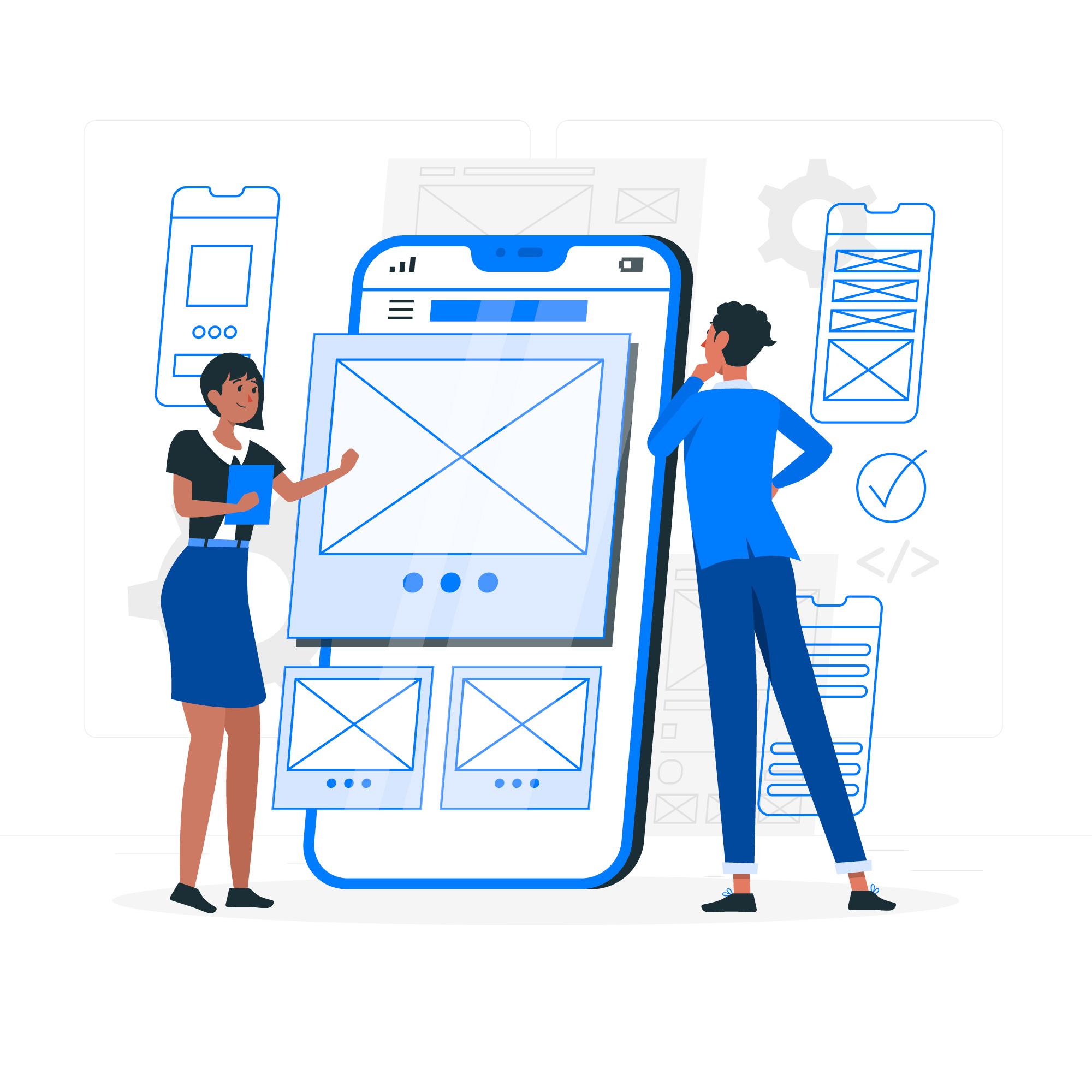Application modernization used to be something businesses delayed. But today, it’s essential. Legacy systems slow innovation, drive up maintenance costs, and pose serious security risks. To stay competitive, modernization isn’t optional—it’s critical.
The challenge? It’s complex. Legacy platforms often run core business operations. Replacing them outright is risky and costly.
Enter Connected Apps Accelerators. Think of them as smart renovation kits—built to modernize your systems without tearing them down. In this blog, we’ll explore what they are, how they work, and why they’re shaping the future of application modernization.
Why Application Modernization Is a Must, Not a Maybe
Modernization isn’t just about keeping your software up-to-date. It’s about enabling your business to operate in real time, scale when needed, respond to evolving customer expectations, and innovate faster.
Here’s why organizations are making modernization a top priority:
- Eliminate technical debt that’s dragging down performance and security
- Meet compliance and security standards in an era of constant cyber threats
- Respond faster to market demands with scalable, flexible systems
- Deliver better customer and employee experiences
- Enable innovation through modern architectures, APIs, and cloud-native technologies
And yet, many modernization initiatives stumble, not because of ambition, but due to complexity. Traditional approaches are slow, siloed, and disruptive. Connected Apps Accelerators turn that around.
What Are Connected Apps Accelerators?
Imagine trying to remodel your kitchen with no blueprint, tools, or skilled labor. That’s how traditional modernization often feels.
Connected Apps Accelerators provide the opposite: a ready-made blueprint, toolkit, and assembly crew for your modernization journey. These frameworks combine methodologies, automation tools, reusable components, and reference architectures to help organizations modernize faster, with less risk.
At Softura, we’ve seen success by treating these accelerators as not just technical assets, but strategic enablers that align modernization efforts with business goals.
Key Components of a Connected Apps Accelerator
Let’s break it down. A robust accelerator typically includes:
- Assessment Frameworks – For evaluating legacy systems, dependencies, and business impact
- Reference Architectures – Modern application templates tailored to your industry and tech stack
- Migration Utilities – Automated tools for refactoring, re-platforming, or rehosting
- Integration Adapters – To bridge legacy and modern systems
- Testing Automation – Ensuring quality at every step with continuous validation
What makes these components powerful is how interconnected they are. You’re not just solving one problem, you’re reshaping your system as a whole, without tearing everything down.
Real-World Analogy: Renovating the House You Still Live In
Think of Connected Apps Accelerators like renovating a house room by room while your family still lives in it. You can’t tear out the plumbing while someone’s taking a shower. The same goes for business systems: you need continuity while you modernize.
That’s why these accelerators shine. They allow incremental upgrades, starting with the most critical pain points so you see value quickly without disrupting your day-to-day operations.
The Technologies Powering These Accelerators
Modernization doesn’t happen in a vacuum. It’s powered by an ecosystem of technologies that define what’s possible. Here’s how Connected Apps Accelerators tap into them:
1. Artificial Intelligence & Machine Learning
AI helps in automating code analysis, dependency mapping, and refactoring recommendations. More than that, AI enhances the final applications themselves—making them smarter, more responsive, and more intuitive for users.
2. Microservices Architecture
Instead of one massive monolith, you get modular, independently deployable services. This allows you to modernize in chunks.
3. Cloud-Native Capabilities
Whether it’s AWS, Azure, or GCP, cloud platforms offer elasticity, scalability, and cost efficiency. Coupled with PaaS or serverless models, modernization becomes not just an upgrade, but a reinvention.
4. Internet of Things (IoT)
IoT extends applications beyond screens and keyboards, enabling real-time dashboards, monitoring, and automation.
5. Containerization & Orchestration
Tools like Docker and Kubernetes enable a “build once, run anywhere” approach. This reduces environmental drift and simplifies deployment.
How the Modernization Process Unfolds
Successful modernization doesn’t start with code. It starts with clarity. Here’s the typical journey using Connected Apps Accelerators:
Step 1: Assessment
Identify legacy system scope, risk, business dependencies, and technical health. Use tools that map dependencies and uncover redundant processes.
Step 2: Prioritization
Focus on high-impact areas: aging systems that are costly or brittle. Create a phased roadmap.
Step 3: Choosing the Right Strategy
Rehost? Refactor? Replace? Connected Apps Accelerators support decision-making with simulations and scenario planning.
Step 4: Implementation
Leverage automation tools, CI/CD pipelines, and integration adapters to accelerate deployment.
Step 5: Continuous Optimization
Modernization doesn’t end with go-live. Evolutionary architecture enables ongoing adaptation and testing.
Quick Wins: Industry Examples
Retail Case
A national retailer used Connected Apps Accelerators to modernize inventory services. Result: 38% faster product load time and 22% higher conversions.
Insurance Case
An insurer applied AI and microservices to claims processing. Result: 70% faster claim resolution and better fraud detection.
Top Benefits of Connected Apps Accelerators
- ✅ Faster Time-to-Market
- ✅ Lower Modernization Costs
- ✅ Scalable, Cloud-Ready Architecture
- ✅ Enhanced Security and Compliance
- ✅ Better UX
Yes, There Are Challenges, Here’s How to Beat Them
- Integration Nightmares? Use adapters and gateways.
- Data Migration Headaches? Govern your data and automate validations.
- Stakeholder Pushback? Visualize the value with prototypes.
- Skill Gaps? Partner with experts and invest in training.
What’s Next? The Future of Modernization
- AI-driven code modernization
- Low-code/no-code accelerators
- Edge computing support
- Continuous modernization aligned with DevOps
Final Thoughts: Build Forward, Not Just Better
Modernization isn’t just about catching up. It’s about setting the foundation for continuous innovation. Connected Apps Accelerators offer the structure, speed, and flexibility to move forward confidently without throwing away what already works. At Softura, we’ve seen this firsthand across 1000+ client engagements.
If you’re ready to make your legacy systems your launchpad, not your liability, it’s time to explore Connected Apps Accelerators.
Let’s Talk About Your Modernization Journey
Connect with Softura to explore how our Connected Apps Accelerator can help you Application modernize faster with less risk and more ROI.
